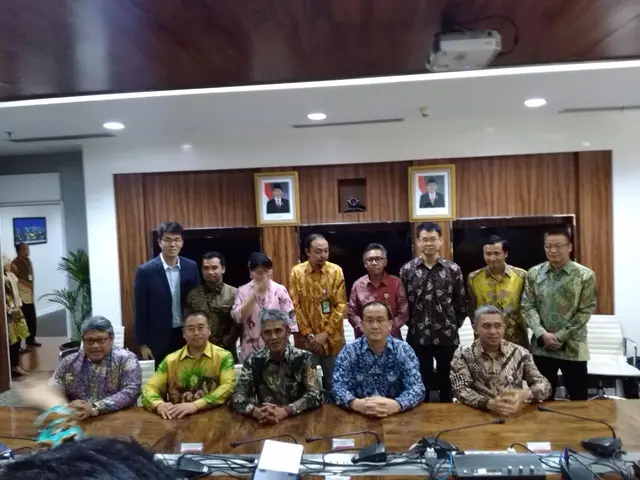"Only when you benefit local people can you make profits," said Luan Jun, leader of a Chinese oil prospecting team in Kenya, after settling disputes with local people. His words reveal the philosophy of Chinese businesses going out.
-- For projects: Chinese firms bring capital, technology, experience Most of Chinese firms going out possessed abundant capitals, advanced technologies and experiences, especially those in the construction, manufacturing and resource sectors. In early 2011, China Harbor Engineering Company won the bid of constructing the harbor basin and inner breakwater parts of Doha new harbor in Qatar, which, after being completed, will be the largest and deepest harbor of mankind history.
The massive project involved building a harbor basin with a depth of 17 meters and an area of 23 square meters, where a maximum of 3,000 people worked at the same time in the sweltering and extremely humid weather in the desert city. The local government set a high standard for the project.
For instance, it required filtering and discharging the seawater flowing into the harbor basin during the excavation. With huge investments in capitals, manpower, technologies and experiences, China Harbor finally finished the work in early 2015 in advance despite the difficulties, proving again that high efficiency is a common advantage of Chinese firms. "In the past, Chinese firms won overseas projects with lower prices, while since a few years ago we've mainly relied on our technological advantages," said Xia Xinrui, general manager of the Doha project from China Harbor.
-- For local people: Chinese firms bring jobs, trainings A phenomenal outcome of Chinese firms going out is they provide both jobs and training programs in local countries, which not only support local households, but also help enhance work efficiency and professional skills on a broader basis. In the 18 branches Huawei set up the Middle East and North Africa, about 70 percent of the employees there are local people.
As a leading ICT (Information and Communication Technology) solutions provider from China, Huawei has a research and development centre in Egypt, where some 1,000 engineers from Arab states are trained every year and about 5,000 people have been trained so far. It has also helped the Bahrain government train some 1,000 ICT talents. In a factory in Ethiopia founded by Chinese leading shoemaker Huajian, the work efficiency of local employees was first only half of that in the headquarters in Dongguan.
Therefore, the Chinese company selected a few local employees to work in Dongguan for 380 days, providing them with trainings on work skills and management ability. "I learn things here. When I go back to Ethiopia, I will change my country," said Roba receiving training in Dongguan.
-- For local businesses: Chinese firms bring demand for upstream, downstream businesses Quite many of Chinese firms going out were pioneers in the local region, whose work was usually found to have driven the development of upstream or downstream businesses locally. Tsairt Mineral Co., Ltd. is a joint venture in Mongolia between China Nonferrous Metal Industry's Foreign Engineering & Construction (NFC) and Mongolian firm Metalimpex mainly involving in construction and development of Tumurtin Ovoo zinc deposit.
As the investor and general contractor of the largest Sino-Mongolia mineral cooperation project, NFC spent only one year and three months on the construction before the mine started production on August 28, 2005. Not only has the mine hired some 300 local people as counselors or workers, changing their nomadic life to the modern nine-to-five lifestyle, but it has also boosted fast development of petroleum chemicals, crude coal and transport businesses in the region.
Similarly, in the Tana River area of Kenya, an oil prospecting team sent by the Bureau of Geophysical Prospecting INC. of China National Petroleum Corporation (CNPC) became a major client of the local food and diesel suppliers, while the monthly salaries they provided to native employees are nearly half of their former annual incomes.
 简体中文
简体中文





